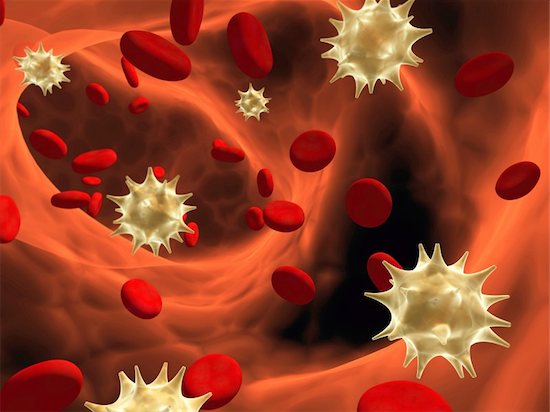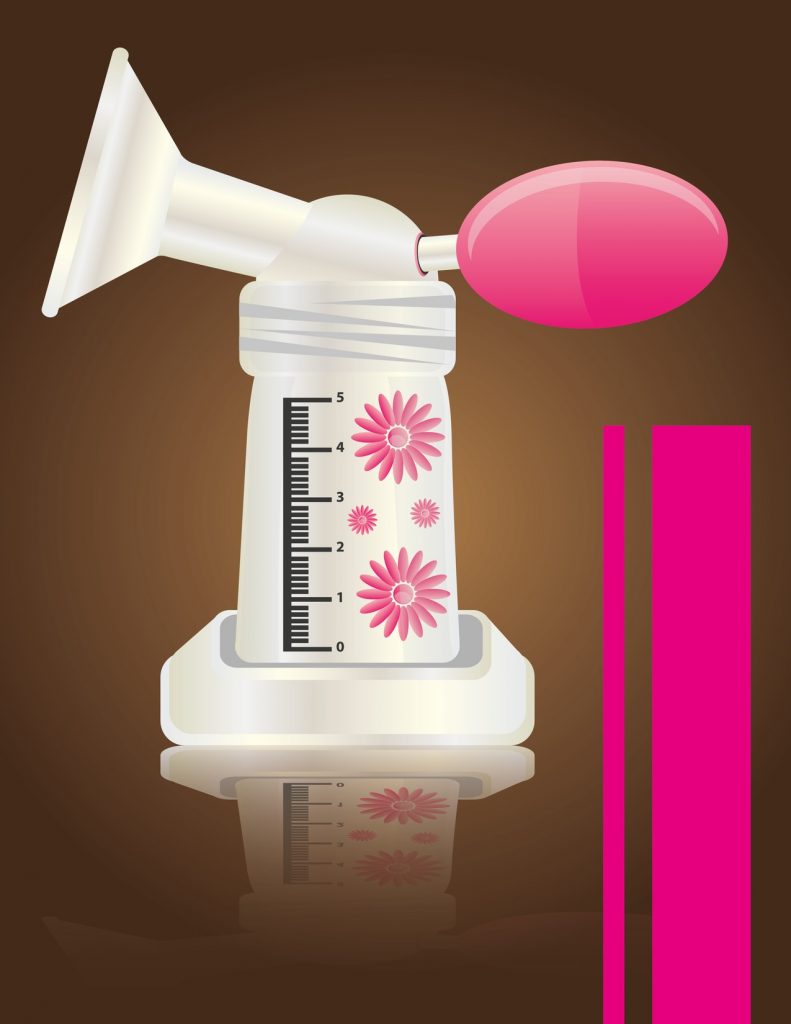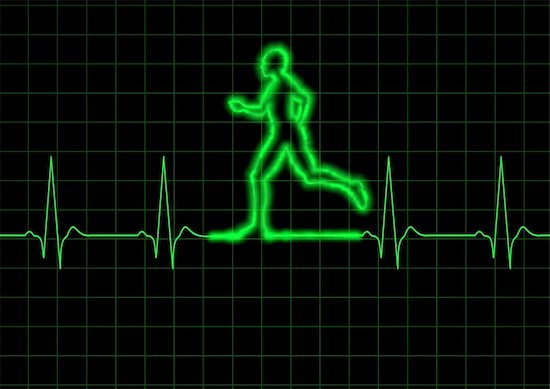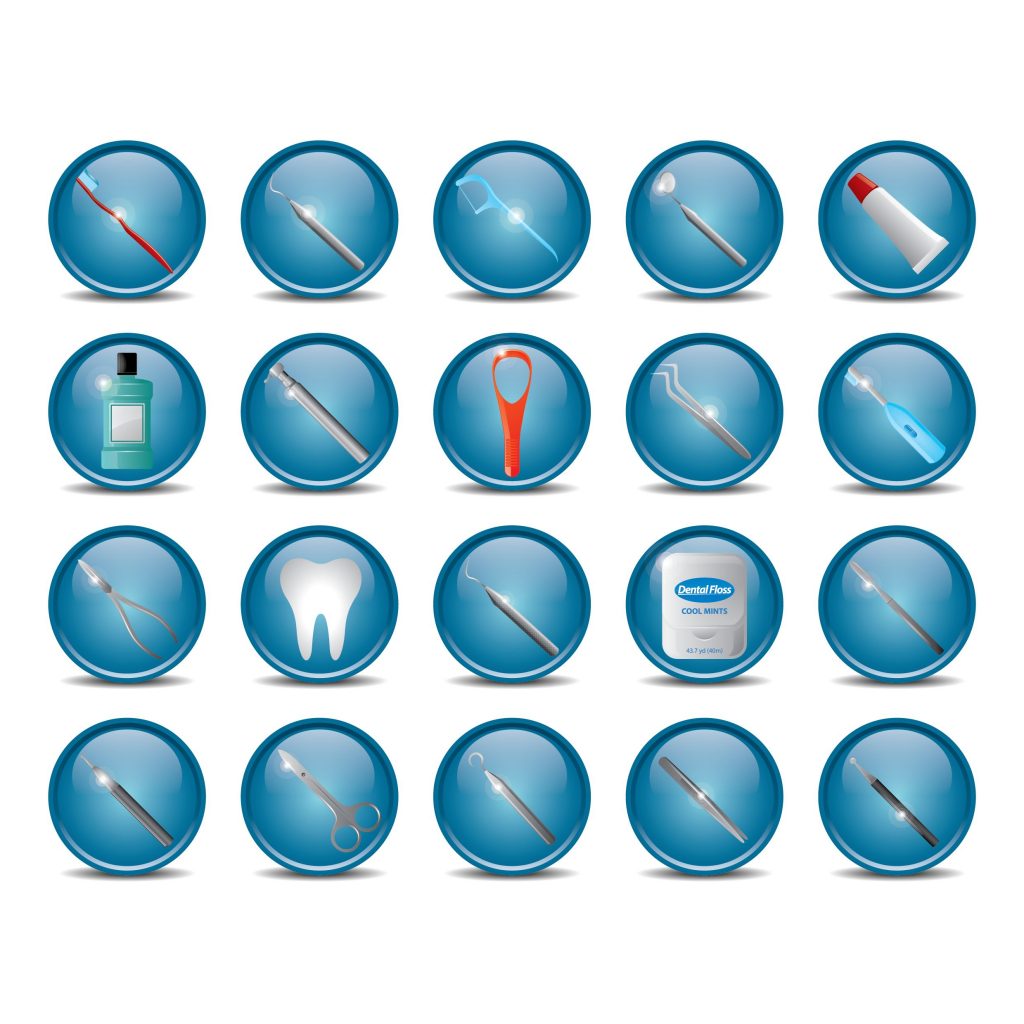Posts tagged HIV Management

What You Should Know About HIV Drug Resistance
One of the biggest concerns for anyone living with HIV is that their strain develops a drug resistance. The virus’ unpredictability is what makes this possible. Drug resistance is when HIV cells mutate and reproduce themselves despite the presence of antiretroviral drugs (ART). It often leads to treatment failure and a further spread of drug-resistant HIV.
HIV mutates on a daily basis. Many of these mutations are harmless. In fact, most of them actually put the virus at a disadvantage. Its ability to infect CD4 cells in the body slows down. Certain mutations, however, create an advantage when medication is used. They block drugs from working against the HIV enzymes they are designed to target.
A report by the World Health Organization (WHO) recently showed that drug-resistant HIV strains jumped to 10% in developing countries. In 2010, that number at 7%. Scientists are worried about this growing number. And they expect it to cause a lot more infections over the next 5 years. This is why WHO is putting together a Global Action Plan meant to combat this sudden rise.
Cutting down the development of resistance can happen in a lot of ways. HIV-positive people can reduce their risk by following these steps.
How to Prevent HIV Drug Resistance
- Follow Instructions Carefully – Medication needs to be taken exactly as prescribed. Skipping out on doses can cause a viral load increase. Taking an incorrect number of pills can also affect a person’s viral load.
- Stay Informed About Every Treatment Option – Knowledge is a great tool for any HIV patient. There’s great importance in learning about all the available treatment options. It can lead to finding out the best way to combat drug resistance.
- Keep Track of the Treatment’s Effects – Closely observing lab results goes a long way. This should be done every three months. The first sign of resistance is usually an increase of viral load. So, monitoring any change there would let people know if they have anything to worry about.
Small things such as these can help prevent your HIV from becoming drug resistant. Because staying vigilant is the best way to deal with a virus unpredictable.

What to Know When Breastfeeding With HIV
Unlike other principles of healthcare for babies with HIV-positive mothers, breastfeeding still does not have a consensus. There is a long list of preventative measures known to work when ensuring the baby’s long-term health. Babies born to HIV-positive mothers are put on zidovudine hours after birth. And they’ stay on it for 4 to 6 weeks. Additionally, they are tested for HIV 3 times during their first 6 months of life. Each of these measures has worked well in stopping HIV from spreading to the child. These are all agreed upon practices. Breastfeeding, however, is more complicated.
AIDSInfo and the CDC both oppose breastfeeding with HIV and suggest using formula as a healthy alternative. WHO (World Health Organization) on the other hand, insists it’s still the best option. Considering what’s at stake, it’s important to know which option is best. For that reason, here is a deeper look at what’s out there.
The Conflicted Beliefs About Breastfeeding With HIV
Those against breastfeeding with HIV are wary because the disease can potentially spread to the breast milk. There are also reports of children becoming infected with HIV after eating food previously chewed by a person with HIV. And that when given formula instead of breast milk, babies are 30% less likely to be infected. This is why many err on the side of caution.
Many studies in recent years have challenged this belief, though. They show that breastfeeding is beneficial for both the mother and baby. Breast milk possesses components with the ability to kill the virus. High levels of polyunsaturated fatty acids in the milk are associated with this reduced risk.
The wide range of positive and negative research about breastfeeding with HIV makes it difficult to reach a conclusion. Be sure to discuss this with your doctor before making any final decisions.

Healthy Lifestyle Tips for HIV Patients
HIV patients are continuing to live longer, and are maintaining a more healthy lifestyle. The disease is no longer considered the death sentence it once was. In a study conducted by the CDC (Centers for Disease Control and Prevention), they found that the number of new infections in America is down from its peak in the 1980s. Detection of the disease is also improving. This makes it easier for the patient to prevent spreading the disease.
A lot of work still needs to be done. Medical advancements are improving year by year, but other steps are imperative in order for HIV patients to maintain a healthy lifestyle. Diet and exercise are two staples for anybody looking to stay healthy. The unique factors facing an HIV patient make these even more important. These guidelines for each should help show the importance of diet and exercise for an HIV patient:
Less Salt and Sugar, More Fruits and Vegetables
HIV patients are at greater risk of heart disease. Keeping away from food containing high levels of sugar and salt is even more important because of this. The antioxidants in fruits and vegetables provide great benefits to the immune system. Anything that can benefit an HIV patient’s immune system is paramount. Getting lipodystrophy is not as likely with a high fiber diet. This has been known to be a potential side-effect of HIV.
A Mindful Exercise Regimen Is Crucial To A Healthy Lifestyle
Moderate exercise at least three times a week has proven to slow HIV’s progression. Also, many people with HIV have increased levels of blood sugars and fats. Exercise is the best way to combat that. Fatigue is something to be mindful of, being that it has negative effects on the immune system. Hiking and biking are beneficial exercises to consider. Yoga lowers pressure and stress. And strength training provides a needed balance.
A healthy lifestyle with an HIV diagnosis is possible. Balancing medication, diet, and exercise are necessary for that to happen. Knowing how to best achieve that is necessary for all HIV patients to be aware of.

Factors to Consider When Working With HIV
As a result of better treatment options, more and more patients have considered finding employment and working with their HIV. As AIDSInfo states, many people living with HIV lead normal, healthy lives, including having a job. So, if you are healthy enough, and want to get back in the workforce after your HIV diagnosis, this is a possibility.
Seeking employment is a big step, though. Working with HIV has many benefits. However, many obstacles still stand in the way of many HIV-positive people seeking employment. For anyone living with HIV and looking to work, it’s important to consider these factors.
Working with HIV Has Positive Effects on Patients
When asked why they wanted to work, HIV-positive individuals cited a long list of reasons. Aside from the obvious financial benefits, a main driving force was that it increased their self-worth. For many people, what they do for a living is closely linked to how they perceive themselves. Being able to contribute in some way boosts their self-esteem.
Increased social interaction is another positive to working with HIV. Isolation is a common problem among people fighting HIV. Being around people every day creates a possibility for consistent engagement that would otherwise be harder to find.
Obstacles for HIV Patients in the Workforce
Research has found many concerns related to the possible loss of health benefits when re-entering the workforce. Depending on their healthcare plan, they may no longer be eligible to get those benefits.
They also fear the possibility of disclosure. Sensitive information of this ilk becoming public knowledge leads to worry about being discriminated against. Although there are laws in place to prevent this type of discrimination, it’s still a concern.
Working with HIV can provide financial independence and an improved sense of self-worth. But for many, the costs outweigh the benefits. Be sure to give each possibility a good amount of thought before deciding what’s best.

The Importance of Oral Health for HIV Patients
One under-the-radar issue HIV patients might underestimate is the fragility of their oral health. It’s an important factor that warrants attention. Before antibodies appear, the mouth is the first part of the body that shows signs of carrying the infection. Catching the virus at such an early stage leads to earlier treatment and helps prevent the spreading of HIV to another partner.
It’s prudent for HIV patients to practice good oral health care. Proper hygiene and regular checkups with a dentist can make a world of difference. If you’re wondering what potential drawbacks poor hygiene in this body part may cause, here are some of the most common.
The Most Common Oral Health Side-Effects for HIV Patients
Of the many side-effects that come with having HIV, candidiasis (also known as thrush) is among the most common. Candidiasis can cause difficulty swallowing, a decreased appetite, and painful areas in the mouth.
Another potential red flag to look out for is hairy leukoplakia. Visible symptoms of hairy leukoplakia are white patches that form around the tongue. These patches are permanent. Regular oral health tools can’t remove them.
Oral health concerns of this ilk should not go ignored. If matters are left to linger, and if eating causes enough pain, these ailments have the potential to cause malnutrition. It can also influence how your body absorbs HIV medication.
Take Preventative Steps
HIV patients are more susceptible to infection, pain and tooth loss for a variety of reasons. But they’re still easily preventable problems if paid attention to early and often. Now that oral surgeons are noting the importance their field has in early detection, awareness could become more commonplace. Even small-scale measures, like brushing your teeth twice daily and flossing, will help you avoid most routine mouth problems. It’s another necessary aspect of living with HIV.





